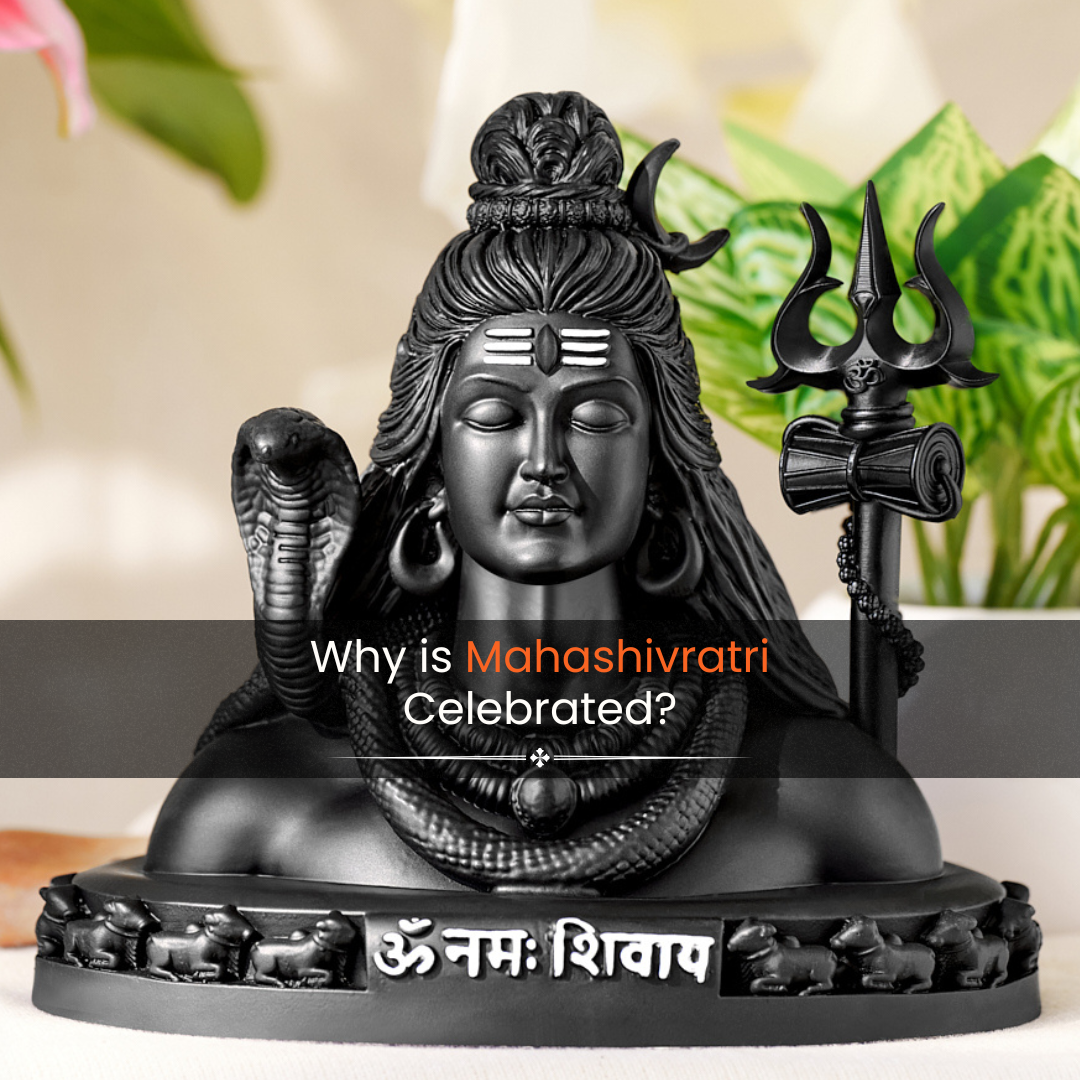
Why is Hanuman Ji’s Tail Always Curled? The Untold Story
Hanuman Ji, the mighty devotee of Lord Ram, is one of the most worshipped deities in Hinduism. Hanuman ji murtis are placed in temples and homes across India. But have you ever noticed that Hanuman Ji’s tail is always curled in his statues? There is a deep spiritual and historical significance behind this unique feature. Let’s uncover this untold story and understand why Hanuman Ji’s tail is never straight.
The Power of Hanuman Ji’s Tail
Hanuman Ji’s tail is a symbol of strength, protection, and energy. In the Ramayana, his tail played a crucial role in the war against Ravana. When Hanuman Ji entered Lanka in search of Mata Sita, he set the entire city on fire using his powerful tail. This act of devotion and bravery showed that his tail was not just a body part but a weapon of divine power.
Why is Hanuman Ji’s Tail Curled?
1. Symbol of Control Over Power
Hanuman Ji is known for his immense strength, but he is also a perfect example of self-control and humility. The curled tail represents that his power is under control, and he uses it only for the right cause. Unlike a straight tail, which could symbolize aggression, the curled tail shows his calm and disciplined nature.
2. Sign of Protection and Blessings
In Hindu culture, a curled tail is considered a protective symbol. It represents the idea that Hanuman Ji is always watching over his devotees. Many people keep Hanuman Ji’s idols at home because they believe his curled tail wards off negativity and brings good fortune.
3. Connection to Kundalini Energy
Some scholars believe that Hanuman Ji’s curled tail represents Kundalini energy, which is the divine energy coiled at the base of the spine. Just like Kundalini, Hanuman Ji’s tail is a sign of spiritual awakening and inner strength. It reminds devotees to channel their energy in a positive and disciplined way.
4. Symbolism in Different Hanuman Forms
Hanuman Ji is worshipped in various forms, and each form has a different meaning. In Panchmukhi Hanuman, his tail is depicted in a way that represents protection from evil forces. In Veer Hanuman form, his curled tail is seen as a shield, symbolizing his ever-ready stance to protect righteousness.
5. Association with Yogic Practices
Hanuman Ji is also associated with yoga and meditation. His curled tail signifies the control over prana (life force), much like a yogi who masters his body and mind through discipline. Devotees who meditate upon Hanuman Ji often believe that his tail represents the balance of physical and spiritual energies.
The Right Way to Keep Hanuman Ji’s Idol at Home
If you are bringing a Hanuman Ji idol home from The Smart Shoppee, ensure that you place it in the right direction. According to Vastu Shastra, Hanuman Ji’s murti should face south to provide maximum protection and blessings.
Also, make sure to worship Hanuman Ji with a pure heart and offer sindoor (vermilion), jaggery, and bananas, as these are considered his favorite offerings. Reciting the Hanuman Chalisa daily is also believed to bring strength and courage to devotees.
Hanuman Ji in Modern Life
Even in modern times, Hanuman Ji’s teachings and symbols hold great importance. His curled tail reminds us that true strength lies in humility and self-discipline. People facing difficulties in life pray to Hanuman Ji for courage, resilience, and guidance. His idols and murtis serve as a reminder that no matter how powerful one becomes, staying humble and using power for good is the true essence of devotion.
Conclusion
Hanuman Ji’s curled tail is not just a design in idols; it has deep meaning. It symbolizes self-control, protection, divine energy, and strength. Whenever you see an idol of , remember that his curled tail is a reminder of his unmatched power and devotion.
If you’re looking for a beautiful Hanuman Ji idol for your home or temple, visit The Smart Shoppee. We have a wide collection of Hanuman Ji murtis that bring divine blessings and positivity to your home.


















